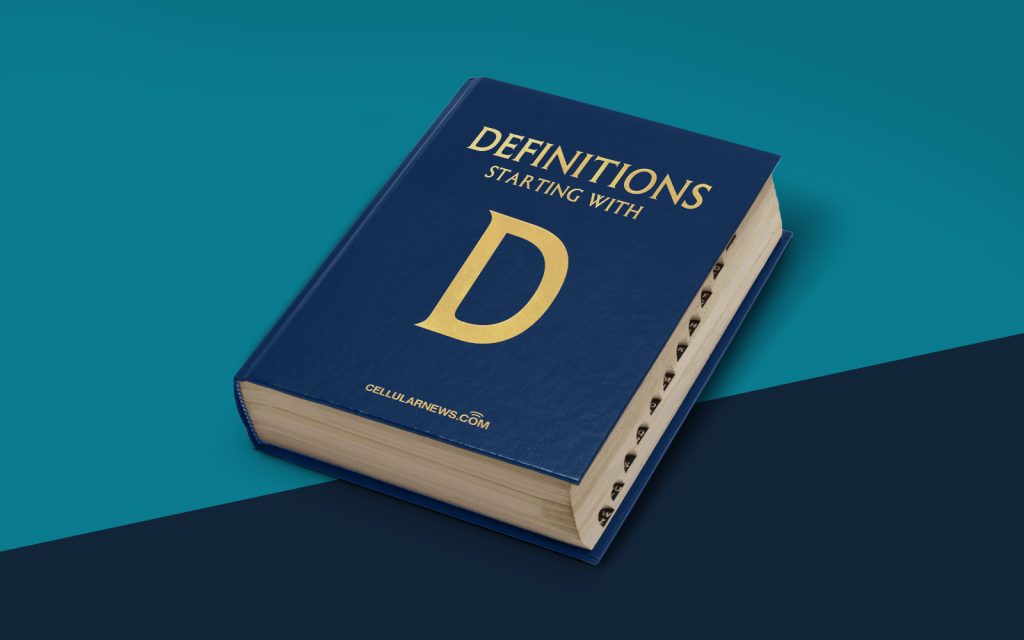
Unlocking the Mystery: De-Content Scrambling System (DeCSS)
Welcome to the world of digital rights management (DRM), where intellectual property protection and content distribution clash. In this battle, one of the most prominent players is the De-Content Scrambling System (DeCSS). So, what exactly is DeCSS and why does it matter? Let’s dive right in and explore this intriguing technology.
Key Takeaways
- DeCSS is a software program used to decrypt DVDs and bypass copy protection.
- It sparked a controversy surrounding the legality of circumventing DRM systems.
The Genesis of DeCSS
In the late 1990s, DVDs were becoming increasingly popular. However, these shiny discs came with a catch – they were protected by a cryptographic algorithm known as Content Scrambling System (CSS). The purpose of CSS was to prevent unauthorized duplication and distribution of copyrighted materials.
This is where DeCSS comes into play. In late 1999, a Norwegian teenager named Jon Johansen, along with a group of hackers known as “The Masters of Reverse Engineering,” developed DeCSS. Their intention was simple – to create a software program that could decrypt CSS-encrypted DVDs and allow users to make copies of their own DVDs.
While DeCSS was initially intended for personal use, it eventually found its way onto the internet, making it widely available to the public. This, of course, caused quite a stir in the entertainment industry.
The Controversy Unleashed
The release of DeCSS ignited a legal firestorm. Movie studios and content creators argued that DeCSS violated the Digital Millennium Copyright Act (DMCA) in the United States and other similar laws around the world. They claimed that the software enabled piracy and threatened the economic viability of the film industry.
On the other hand, supporters of DeCSS argued for the preservation of fair use rights. They believed that consumers should have the freedom to make backup copies of their DVDs for personal use, which they claimed was not possible due to the strict DRM measures enforced by CSS.
The legal battle between the entertainment industry and DeCSS users continued for years, with court cases and debates focusing on the fine line between copyright protection and individual rights. The controversy highlighted the challenges faced by DRM systems and the ongoing struggle to strike a balance between content protection and user freedom.
Conclusion
DeCSS remains a cornerstone in the ongoing discussions surrounding DRM and digital content protection. It brings to light important questions about intellectual property rights, fair use, and the ever-evolving landscape of content distribution in the digital age. While the controversy continues to fade, the impact of DeCSS on the technology and legal landscapes will be remembered for years to come.
